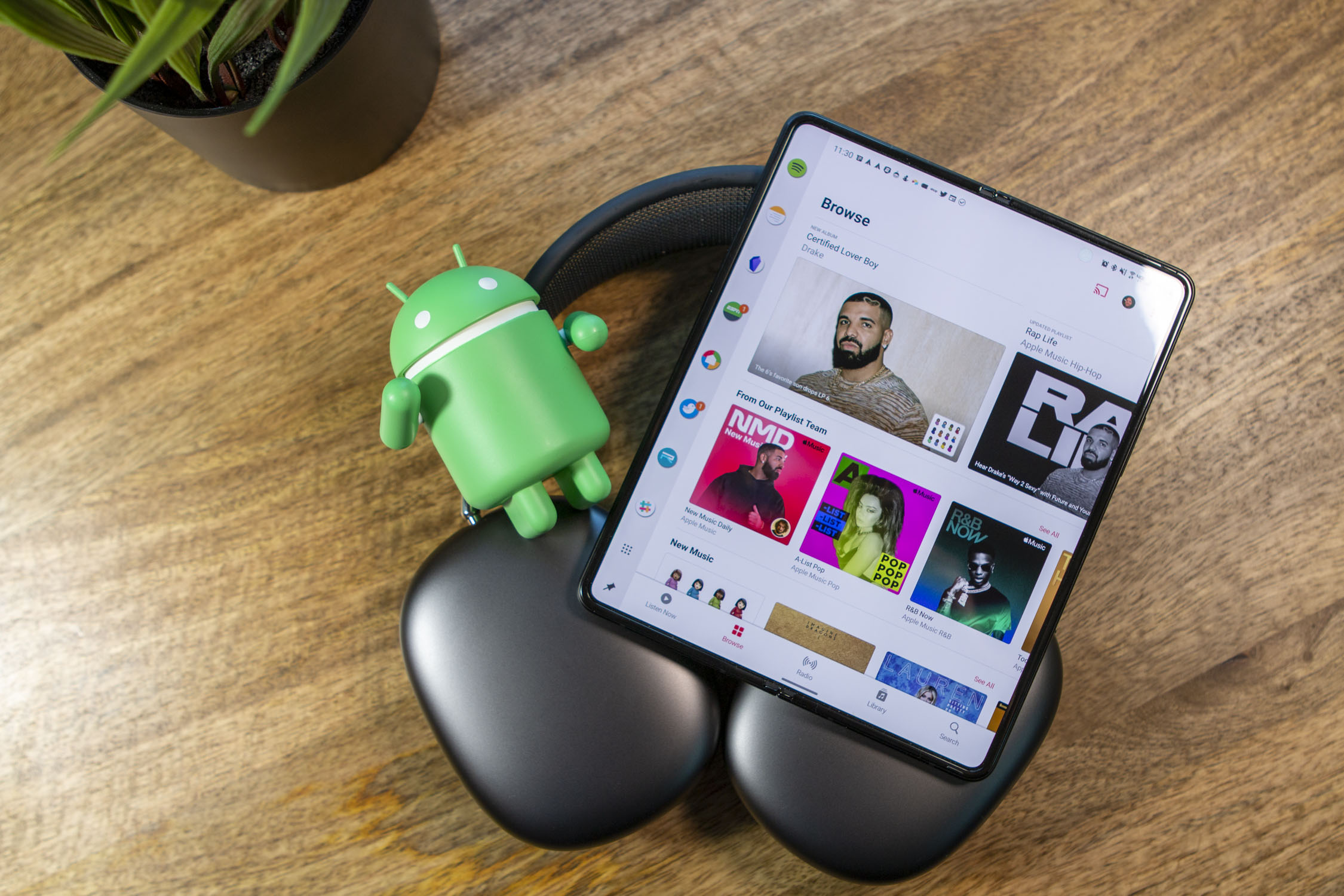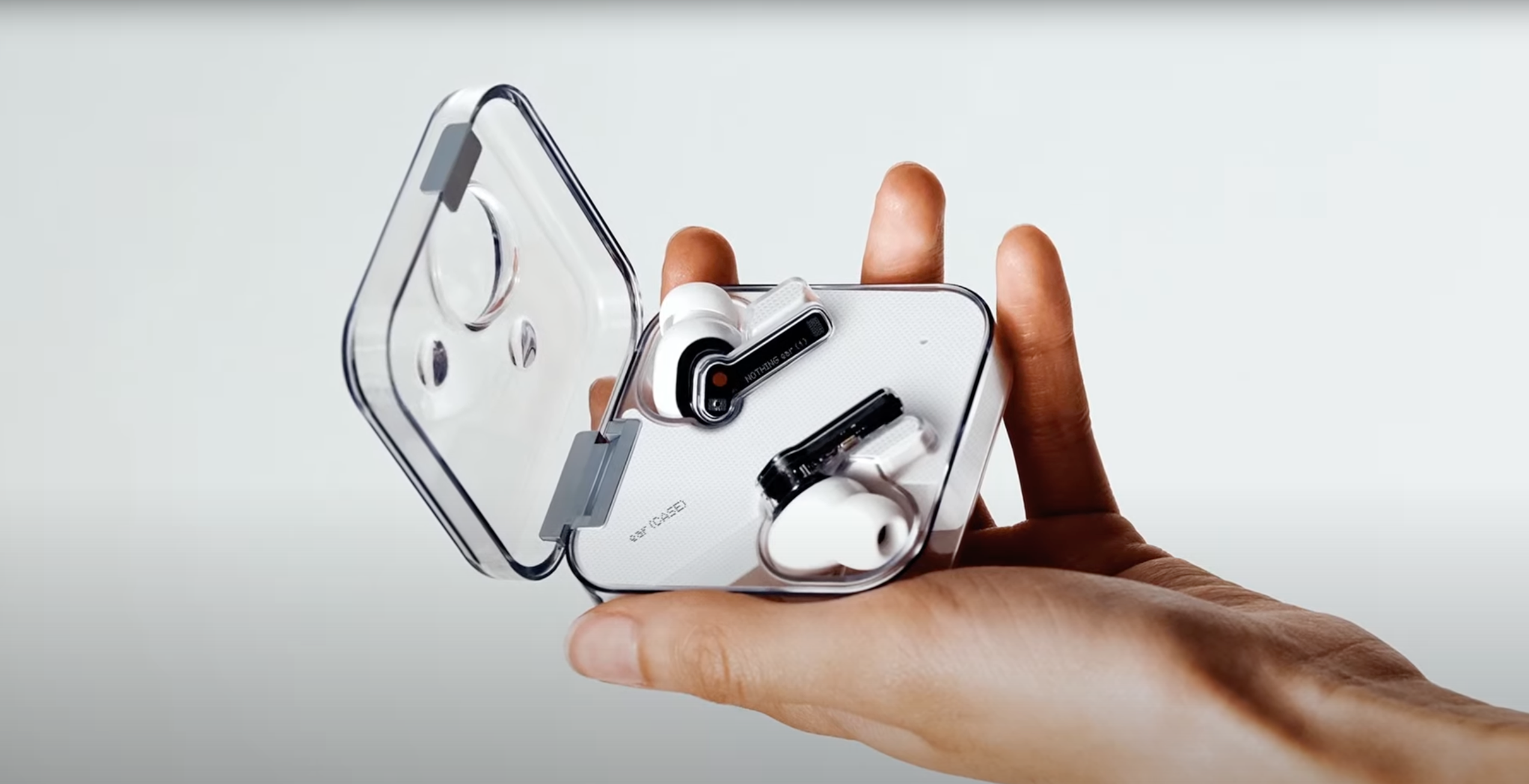Over the past couple of weeks, we’ve gotten our first supposed look at the Pixel 7 and Pixel 7 Pro. While these phones aren’t expected to arrive until later this year, these renders seem to confirm that Google will be sticking with the same design as the Pixel 6 series.
Renders are great and all, as you can get a feel for what to expect, but renders are a bit different considering that they don’t really offer a perspective on how the phones will feel. Thanks to Pigtou in collaboration with @xleaks7, we’re getting a look at some 3D printed models of both the Pixel 7 and 7 Pro.
These models were created using the dimensions that have been making their rounds, with each phone measuring as follows:
- Pixel 7: 155.6 x 73.1 x 8.7 mm (11.5 with camera bump)
- Pixel 7 Pro: 163 x 76.4 x 8.7 mm (11.2 with camera bump)
As expected both phones will still feature a hole-punch cutout on the front display that houses the selfie camera. Both phones will also retain the under-display fingerprint scanner, but hopefully, Google will opt for the same one that Samsung is using in the Galaxy S22.
On the back, there’s not much difference between the Pixel 7 series and its predecessor. The Pixel 7 will make use of a dual-camera system, while the 7 Pro keeps its tertiary telephoto lens.
There is one “major” difference between the Pixel 6 and the renders of the Pixel 7, and it has to do with the mmWave 5G antenna. As you can see from the pictures, the antenna “window” will be quite a bit larger than the one found on the Pixel 6. Google is likely making this move in an effort to improve connectivity, which has been problematic for Pixel 6 owners.
Other rumored specs for the Pixel 7 series include the unannounced Tensor 2 chip from Google, paired with the Titan M2 security co-processor. The Pixel 7 could also see an increase in battery capacity, coming in at 5,000mAh, up from the 4,614mAh cell found in the Pixel 6. We’ve got a long way to go before Google is ready to officially announce its next flagship, but it’s always fun to get a bit excited about what’s in the pipeline.








Comments